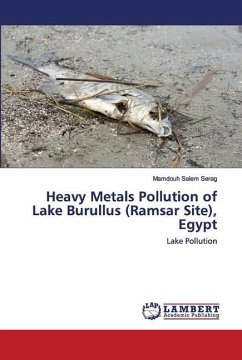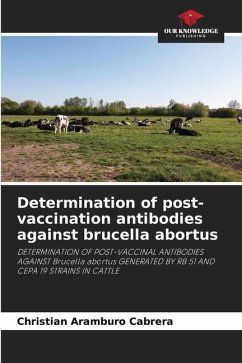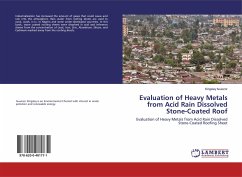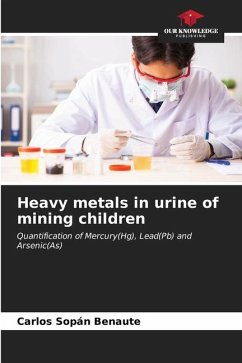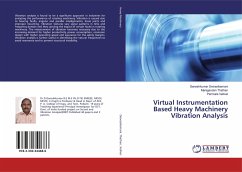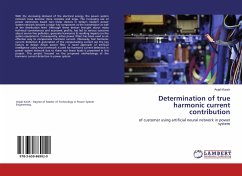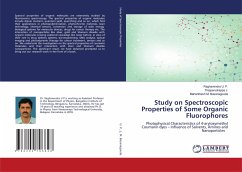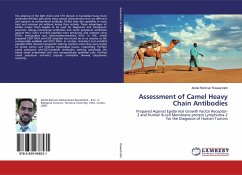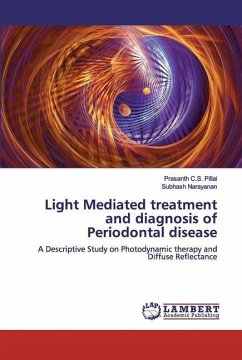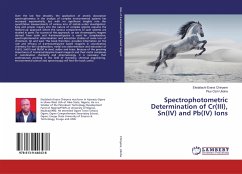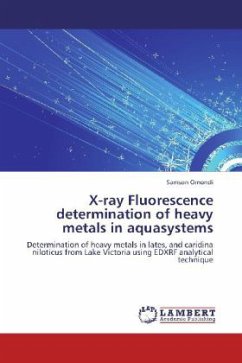
X-ray Fluorescence determination of heavy metals in aquasystems
Determination of heavy metals in lates, and caridina niloticus from Lake Victoria using EDXRF analytical technique
Versandkostenfrei!
Versandfertig in 6-10 Tagen
39,99 €
inkl. MwSt.

PAYBACK Punkte
20 °P sammeln!
Heavy metals has been recognized as a major source of pollution in aquatic ecosystems. Lates niloticus was selected for this study because it constitutes the bulk of fish capture in the Lake Victoria and its feeding habits. The bioaccumulation of heavy metals showed distinct variability within different tissues studied. Energy Disperssive X-ray fluorescence was the choice analytical technique due to its sensitivity. IAEA certified reference material MA-A-2 was analyzed for quality control. The concentration levels obtained were within the recommended WHO and CAC guidelines. This text would be ...
Heavy metals has been recognized as a major source of pollution in aquatic ecosystems. Lates niloticus was selected for this study because it constitutes the bulk of fish capture in the Lake Victoria and its feeding habits. The bioaccumulation of heavy metals showed distinct variability within different tissues studied. Energy Disperssive X-ray fluorescence was the choice analytical technique due to its sensitivity. IAEA certified reference material MA-A-2 was analyzed for quality control. The concentration levels obtained were within the recommended WHO and CAC guidelines. This text would be useful for students and researchers in limnology, aquatic sciences, aquaculture, water quality assesment, environmental sciences, nuclear sciences apllications and ecologists. Lead the most toxic heavy metal had a concentration of o.1 microgram per gram wet weight. These levels are lower than the recomended WHO values thus the fish and products are considered safe for human consumption.



